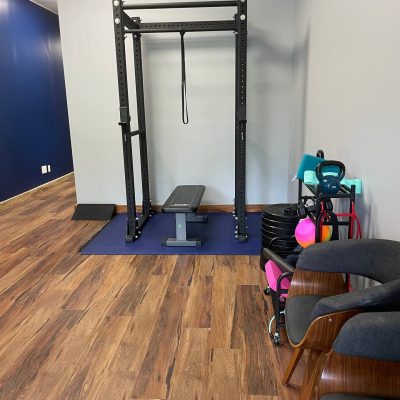By Erica Mitchell, PT, DPT
Encouraging fiber in your child’s diet is a great step toward preventing constipation and promoting overall digestive health. Here are some child-friendly ways to incorporate fiber:
- Fruits and vegetables: Offer a variety of colorful fruits and vegetables. Berries, apples, oranges, bananas, carrots, broccoli, and sweet potatoes are excellent choices. You can serve them as snacks or incorporate them into meals.
- Whole grains: Choose whole-grain versions of bread, pasta, and cereals. Look for labels that mention “whole grain” or “whole wheat” as the first ingredient.
- Legumes: Beans, lentils, and peas are high in fiber. You can include them in soups, salads, or as a side dish.
- Nuts and seeds: Almonds, walnuts, chia seeds, and flaxseeds are good sources of fiber. Be mindful of choking hazards and give them in appropriate portions based on your child’s age.
- Hydration: Ensure your child drinks plenty of water throughout the day. Fiber works best when paired with adequate fluids to help with digestion.
- Smoothies: Create delicious smoothies by blending fruits, yogurt, and a handful of spinach or kale (which can be masked by the fruits’ flavors).
When introducing new foods, be patient. Children might need time to adjust to new tastes and textures. Making meals colorful, visually appealing, and involving your child in meal preparation can increase their interest in trying new foods.
Gradually increasing fiber intake is essential. Rapidly introducing large amounts of fiber can cause bloating or discomfort. If your child is not used to a high-fiber diet, it’s advisable to incorporate it slowly into their meals.
Signs of inadequate fiber in a child’s diet can manifest in various ways. Some common signs include:
- Constipation: One of the most apparent signs is infrequent or difficult bowel movements. Stools may be hard, dry, or painful to pass.
- Digestive issues: Your child might experience abdominal discomfort, gas, or bloating. They might complain of stomach aches or feel generally uncomfortable after eating.
- Irregular bowel movements: If your child doesn’t have regular bowel movements or has irregular patterns, it could indicate a lack of sufficient fiber.
- Low energy levels: Inadequate fiber intake might impact energy levels. Your child might seem fatigued or have less energy than usual.
- Poor appetite: Lack of fiber can sometimes affect appetite, leading to reduced interest in eating or mealtime reluctance.
- Weight management issues: A diet low in fiber might contribute to weight-related concerns, either overweight or underweight, as fiber helps with satiety and regulates appetite.
It’s important to remember that these signs can also be caused by various other factors. However, if you notice several of these signs in your child and suspect a lack of fiber in their diet, consider reassessing their food choices.
Increasing fiber intake gradually and ensuring a well-rounded, balanced diet that includes fruits, vegetables, whole grains, and legumes can help address these concerns. If you’ve noticed irregularity in bowel movements or chronic constipation in your child, they could benefit from a pelvic floor physical therapy consultation to work with parents and the child to optimize nutrition and habits to improve overall gut health!







